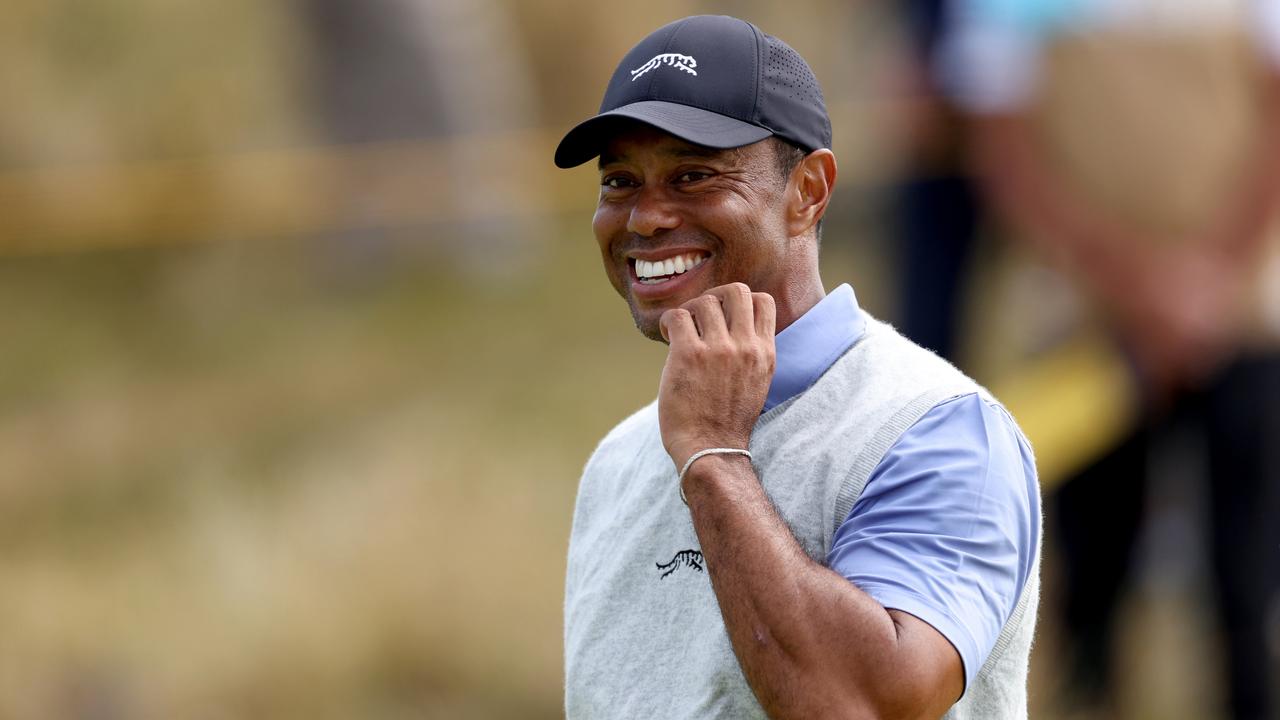NBA
Are new NBA schedule and rules to blame for an uptick in player injuries? Execs weigh in

This spring, the NBA has been defined by two divergent trends impacting its biggest stars: The ascent of young talents like Anthony Edwards and Luka Dončić, who have come to take the mantle from aging greats like Stephen Curry and LeBron James, and also, by the slew of injuries to the league’s best players.
Kristaps Porziņģis hasn’t played for the Boston Celtics since Game 4 of the first round due to a calf strain. Giannis Antetokounmpo didn’t play for the Milwaukee Bucks at all this postseason with the same injury. Damian Lillard also missed two first-round games for the Bucks while dealing with an Achilles injury. Tyrese Haliburton missed the final two games of the Eastern Conference finals with a hamstring injury after missing 10 games in the regular season with one, too. Donovan Mitchell didn’t play in the last two games of the Cleveland Cavaliers’ postseason run because of a strained left calf and big man Jarrett Allen missed the last eight because of a pierced rib. The New York Knicks, over the course of April and May, started to come apart like a Mr. Potato Head.
And that’s just in the Eastern Conference.
The cause of this run of injuries has been hard to pinpoint, if there even is one. Two top team decision-makers in the sport proposed their own theories over the last two weeks. While they did not make any definitive conclusions, Oklahoma City Thunder general manager Sam Presti and Cleveland Cavaliers president of basketball operations Koby Altman both pointed to the league’s schedule this year, which they claim was compressed and hyper-intense compared to previous seasons, and an emphasis on player availability.
“I’ve never seen a playoffs like this where we’ve seen this many stars out,” Altman said during his end-of-season press conference. “That was not specific to just the Cavs. So I think just looking at like the landscape of the long season and what it entails now, I think it’s a really good question like ‘How do we solve this player injury piece?’ And I think, we have more meaningful games now during the regular season than we’ve ever had.”
This year, the NBA implemented its In-Season Tournament for the first time, which added more high-intensity games in November and early December. It added competitiveness to the schedule at a time when there might be, or has been, more indifference among players.
That came after the inclusion of the Play-In Tournament in 2021. That has added more games of importance at the back end of the schedule, especially for teams that want to avoid falling out of a top-six seed or are trying to play their way into one.
The league also made a push to increase availability among its star players this season through a change in the CBA that tied eligibility for its awards to a 65-games played minimum rule, and by tightening its player participation policy.
“So now you’re going into the playoffs and over the course of 82 games how much have we expended on these players bodies?” Altman asked. “That’s something we need to figure out. Something we need to study.”
Altman and Presti each came around to similar perspectives: that by playing too many highly-competitive games in too short a timeframe, especially in the second half of the season, and by asking the best players to play more often, perhaps the NBA created an ecosystem that led to more injuries at a critical time.
“Part of it is the second half of the schedule this year, because of the In-Season Tournament in my opinion — I don’t think it’s my opinion, I think it’s the truth — was more compressed, and had more back-to-backs, less days off than any non-COVID schedule since like 2015-16,” Presti said. “So you’ve got players playing more for incentive. In the back half of the schedule, every team had a schedule like this, but we had 17 games in a month. We had five back-to-backs in that month. Because there’s just no room in the schedule and every team is going through that. So player participation, schedule compression, and then the free-throw component or the foul component — whether we say that we changed the rules, or we changed the way the rules are being enforced — there was a significant change.”
The implication of that was interesting, too. Had NBA players, and executives and coaches, been conditioned to expect fewer high-intensity games over the course of a season? The league has fought against that perception for years. The NBA implemented various changes this season to try to bring back a mindset that it is, according to commissioner Adam Silver, “an 82-game league.”
“It’s not a bad thing that the competition was incredible throughout the season,” NBA executive vice president of basketball operations Joe Dumars said. “I would never complain myself about great competition. It’s what we want to see in this business.”
Presti made his observations public at a time when there had already been some questions about how and why injuries surged this spring. While the NBA saw its stars play 84 percent of the time in the first half of the season, Presti said that number dipped to 72 percent in the second half, and then in 85 percent of the playoff games they could have this spring.
That playoff number is not so far out of historical norm, said David Weiss, the NBA’s senior VP of player matters. It is the third-lowest in the last decade; the 2017-18 and 2021-22 postseasons were more impacted by injury, according to the league’s data.
“We don’t see this as an outlier year,” Weiss said.
NBA executives said this season has not been materially different than other recent seasons. In addition to the injury rates, Evan Wasch, the NBA’s executive VP of basketball strategy and analytics, said that the 2023-24 schedule was not more compressed than others.
NBA teams played, on average, roughly 14 back-to-back games this season — about one more than scheduled for the 2022-23 season and about 1.5 more than scheduled for the 2019-20 season, which was never completed. Half of those back-to-backs, Wasch said, were scheduled during the first 41 games of a season, and the other half on the back end. That split has been more pronounced in other seasons. But teams averaged somewhere around half-a-game to a game more per month this season than in previous years, according to Wasch.
“There is not a statistically increased rate of injury on the second night of back-to-back games,” Wasch said. “And so while we do see a performance decline in the second night of back-to-back games, we don’t have any evidence that scheduling a season in such a way that decreases game density is going to increase injury. That was part of these conversations as well.”
Presti added another factor into the fray. The league saw a precipitous drop in free throws over the final two-and-a-half months of the season, after the NBA adjusted how and on which plays it wanted its referees to call fouls. As referees allowed for more leeway for defenses, free-throw rates declined.
Teams attempted, on average, 2.8 fewer free throws per game during the second half of the season compared to the first half, Presti said. He claimed that was the largest in-season drop his data can account for. Teams averaged 19.8 free-throw attempts per game in the second half, he said, which would be the lowest ever if it happened over a full season — the teams averaged a record-low 21.7 free throws each during the 2017-18 and 2023-24 seasons.
“We’re managing the physicality,” Presti said, “versus calling the games.”
“If these things are not working in concert, I think we just got to keep an eye on it,” he continued. “I wouldn’t say it’s a problem yet. But we have to kind of watch the physicality build up and all the things we talked about. … We have to just figure out if all these things are trending out in (a way) we want, which is the best players on the court as much as possible and in a position to perform at their best.”
The NBA will keep an eye on it, league executives said, but they also don’t feel like there is much to tweak.
Weiss said that team physicians, sports scientists and trainers already have some input on the schedule. Wasch said that the NBA had also done its own research in previous years about whether scheduling patterns have a relationship to injuries.
“It’s something we’ll continue to monitor as we always do,” Weiss said. “But based on that, there’s no need for a big change for health purposes at this time.”
(Photo of Porziņģis being walked to the Celtics’ bench: Megan Briggs / Getty Images)










